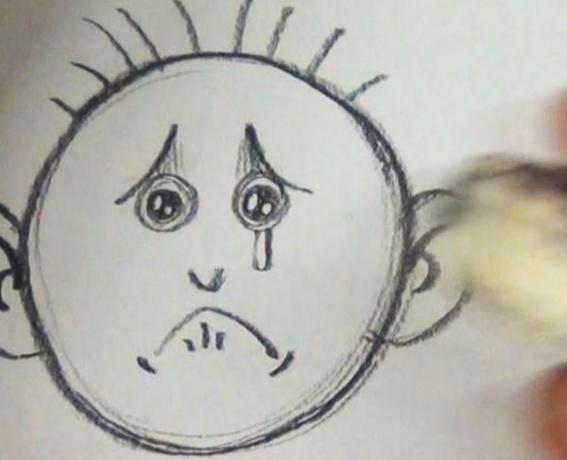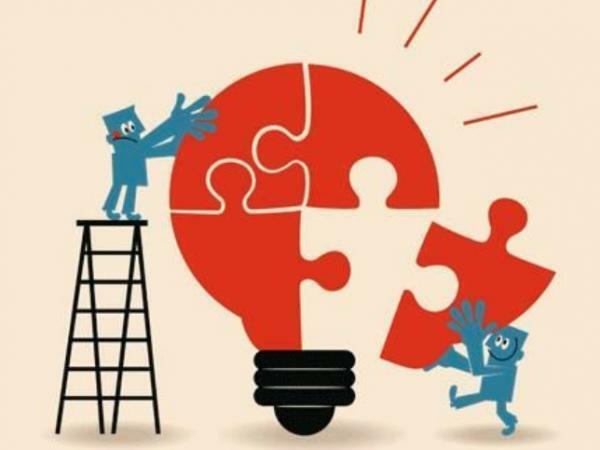
It is an emotion that occurs in response to events that are considered unpleasant and that denotes sadness or melancholy. Do you live in sadness? If the answer is yes, you should not let this feeling defeat you. There may be days when you are sadder, downcast, in a low mood, or feel like you are unable to cope with circumstances. current, but what you cannot allow is that these types of thoughts become your eternal companions in life and end up affecting you excessively.
- Although it is considered an unpleasant emotion, it is not always negative since there is great cultural variability, even in some cultures there are no words to define it.
- Sadness is really a state of mind rather than a sharp emotion. Smith and Lazarus they say people use the term "sad" in an undifferentiated way to describe your emotional reactions to a wide variety of harmful circumstances.
- The emotional response of sadness is different from fear (it is a response to an event that has already passed, while that fear anticipates an event that will happen) and distinct from anger (sadness occurs when no one is guilty).
- Sadness is often associated with crying, for this there is a relatively precise sequence that is responsible for it to occur. Thus, when affective worries occur, their failure is feared and abruptly if such a prediction is fulfilled, tears flow.
- It occurs before the loss of a pressing desire, which is known to be impossible to satisfy.
1. The triggers They are physical or psychological separation, loss or failure; the disappointment; helpless situations (lack of prediction or control).
Sadness appears after an experience in which fear is generated, because sadness is the opposite process of panic and frenzied activity. It is also produced by the absence of reinforced activities, adaptive behaviors and in the face of chronic pain.
2. The cognitive processing It occurs in situations that lack surprise and have a low familiarity for the person. There is an assessment of the situation as important for relationships and order. The event obstructs the person's plans.
And it presents a low urgency to mobilize coping with the event and its consequences. Assessment of the possibility of facing the situation It is understood that it is negligence.
Therefore, the person values that he has very low control over the consequences and that he does not have the capacity to face them. Some ability to adapt to the consequences.
3. Effects edit
- Subjective effects.
Feelings of discouragement, melancholy, discouragement, and loss of energy. Attention is focused on the consequences of the situation in the internal sphere. States of grief, pessimism and despair that trigger feelings of self-compassion.
Sadness can induce a characteristic cognitive process of depression (depressive patterns and errors in information processing), which are the main factors in its development.
Physiological activity.
ANS: moderate increases in heart rate, slight increases in both systolic and diastolic blood pressure (changes similar to those produced by joy). Somatic SN: elevation in neurological activity, which is maintained for a long time.
Investigation of Cacioppo, Klein and Hatfield on comparisons between pairs of emotions: Sadness and disgust (> fc in sadness), sadness and amazement (> fc in sadness).
The effects of these physiological changes are a decrease in energy and enthusiasm for all kinds of activities, and the more sadness increases and the body metabolism slows, the closer we get to depression.
Coping
It reduces activity in all types of tasks, since it is associated with a reduction in attention span, which is focused inward. In addition to this, trauma is prevented and energy restoration is facilitated.
Cunningham considers that sadness has the function of promoting constructive self-examination, for which a decrease in activity (valuation of other aspects of life that before the loss were not lent attention).
Another function is to act as a call for help (arouses sympathy and attention from others), cohesion functions with other people, especially with those who are in the same situation.
It can generate help from other people, as well as appeasement of aggressive reactions from others, empathy, or altruistic behaviors.
This article is merely informative, in Psychology-Online we do not have the power to make a diagnosis or recommend a treatment. We invite you to go to a psychologist to treat your particular case.


